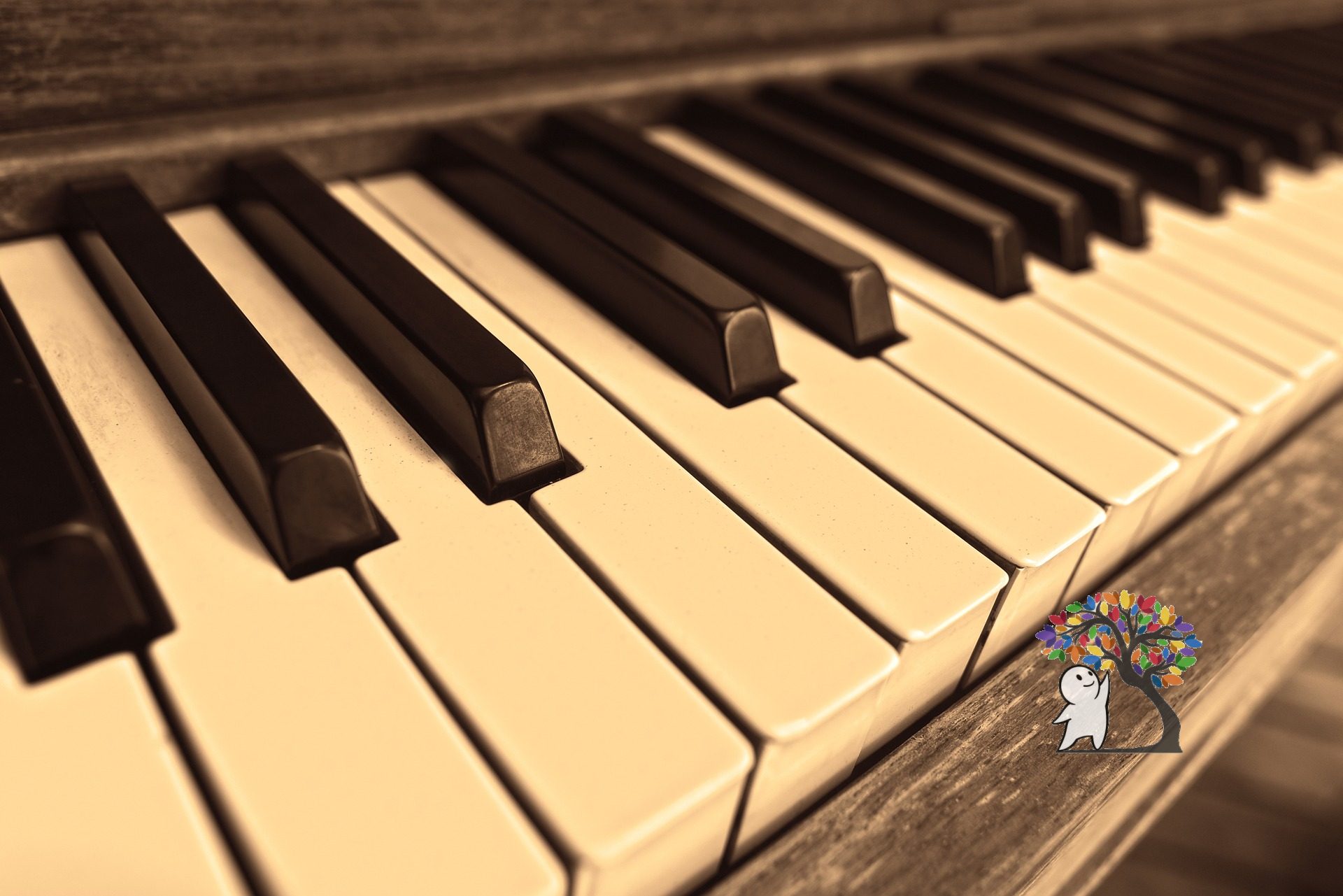6 Facts About Sleep Disorders

Sleeping is such an important part of the human biology. Sleeping allows the brain to rest and switch off for a few hours after a long, stressful day. This allows us to work more efficiently the next day. However, there are many medical disorders linked to something as simple as sleep. Here are a few facts about sleep disorders you may not have known before.
1) Common in People of Ages 65+

Sleep disorders are most common in men and women over the age of 65. This is because of a few different medical factors such as increased use of medication, age-related changes in the circadian rhythm pattern, changes in lifestyle, environmental changes, pre-diagnosed physiological problems and stress. However, sleep disorders are not limited to this age group. Children, teens and adults can all experience sleep disorders as well.
2) Sleepwalking and Snoring

Contrary to mainstream society, sleepwalking and snoring are medical concerns. Many people dismiss them as normal and bothersome but they are considered to be sleep disorders. About 17% of children between the ages of 3 to 13 experience sleepwalking during the night. It is more common in boys rather than in girls. Snoring can be a sign of obstructive sleep apnea, however, this is not likely in everyone who snores.
3) Insomnia in Eastern Countries

Insomnia is most common in the eastern countries such as China and India in comparison to the western countries such as Poland, France and Italy. It is more common in elderly people who have more than one physical or psychiatric condition rather than those who do not have these medical conditions. Studies have shown that insomnia is found more in women over the age of 50 compared to men.
4) Sleep Disorder in Young People

It has been said that the education system affects children and young people’s natural circadian rhythm. This is a natural process in humans that regulates the sleep-wake cycle. These days many teenagers under stress on school nights go to sleep later and wake up much earlier than their normal internal clock. For example, a girl will wake up at 5 in the morning just to do her hair and make-up for the day or a guy will wake up at 6am to do last minute studying for a final exam. Sleep apnea and insomnia are common in young people but can be easily treated.
5) Alzheimer’s Disease and Sleep Disorders

Alzheimer’s disease, while a destructive disease with its cognitive decline and memory impairment, also reduces sleep quantity and quality in AD patients. This is through the changes in circadian rhythm caused by both aging and the Alzheimer’s disease. As the circadian rhythm regulates our sleep, Alzheimer’s disease disrupts the sleep patterns of people. For example, reduced duration of sleep, insomnia and sleeping during the day.
6) Music as a Treatment

Music therapy has been tested in a few studies and, although needs to be tested more to confirm its use, music has so far proven to improve sleep experiences. The results of these studies was that those who listened to music had increased sleeping quality in comparison to those who did not. It has not been specified yet what type of music can be listened to. However, music types such as non-lyrical or slow music have soothing effects which can help people to fall asleep.
At the end of the day…

Sleep disorders need to be taken just as seriously as many other disorders. Without a sufficient amount of sleep, people cannot work to their potential. Remember that sleep is always important and sleep as much as your body needs.




Responses